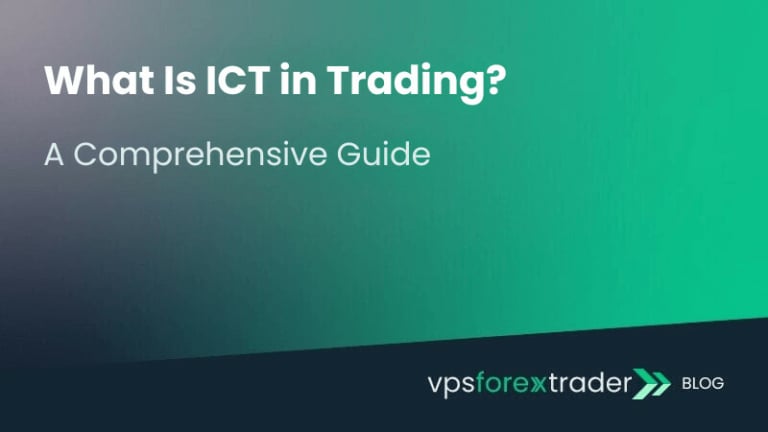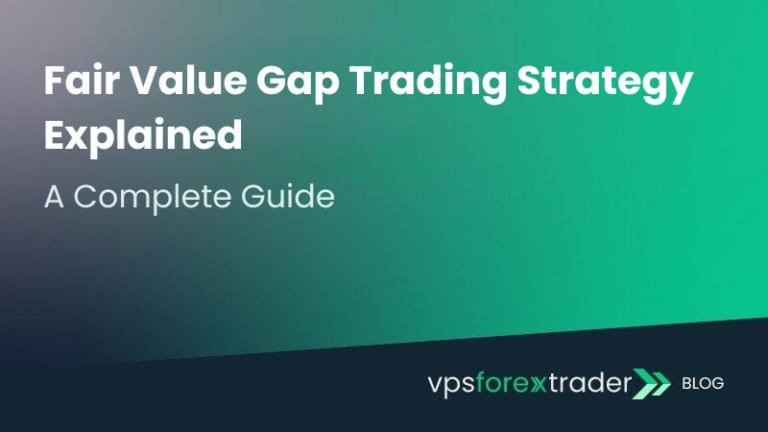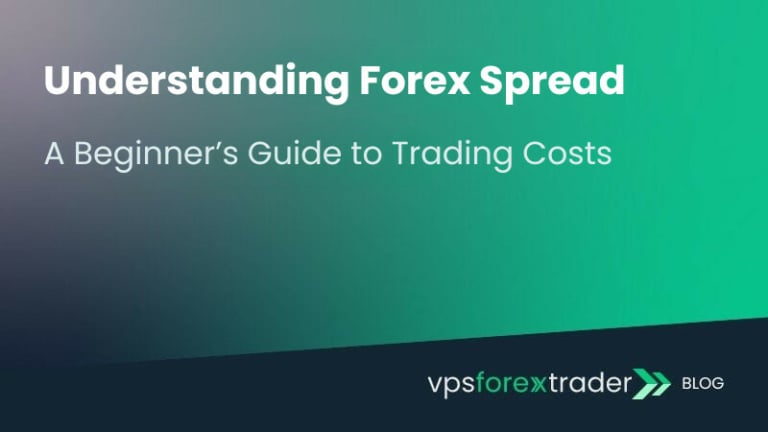When you analyze financial markets, you’ll probably notice that smaller price movements happen more frequently than bigger movements. Traders can take advantage of these small price movements by using a strategy known as scalping. Scalping is one of the several strategies that traders use in day trading. The goal of this strategy is to take small profits several times a day by buying and exiting trades quickly. However, to use this strategy, you need to understand what is scalping trading and how it works. In this post, we will answer questions like what is scalping in trading, defining scalping trading meaning, how to start, and some tips for successful scalping trading.

How Scalping Trading Works
Let’s begin by defining what does scalping mean in trading. Scalping trading is a style of trading that aims to profit off small prize changes by opening and closing trade positions within a short period of time (typically within seconds or minutes). With trading scalping, traders make quick profits by making high-volume short trades instead of holding positions for a long period like other strategies.
In scraping the goal isn’t to accumulate a lot of profit in one trade. Instead, scalpers buy and exit as many trades as possible during the course of the day, accumulating small profits on each trade as they do. For instance, a scalper with a $1,000 account using a scalp trading strategy may decide to open trades with a net profit of just $10. If this trader opens 20 of such trades per day, they end up making $200.
Common Scalping Trading Strategies
When learning how to do scalping trading, you need to be familiar with different scalping strategies and learn how they work. Some of the common strategies that scalpers use include:
- Stochastic oscillator: This scalping trading strategy compares the price of a security to its recent range in order to identify potential turning points. This strategy can be used to capture moves in a trending market.
- Using the moving average: traders can use the Simple Moving Average (SMA) or Exponential Moving Average (EMA) to capture short-term gains. You can use this strategy to determine the general trend direction when you’re scalping.
- Bollinger Bands: Bollinger bands are handling scalping indicators. A flat Bollinger band line is an indicator that the market is settling down for tight-range trading. The basic idea of using this strategy is to buy a currency pair if it’s moving close to the lower bounds of the line and sell when the price is closer to the upper band.
- Trading Support and Resistance: this is a simple scalping trading strategy that involves using support and resistance trend lines to determine when to enter and exit trades. With this strategy, you simply buy near support levels and sell near the resistance line.

Scalping vs Day Trading: Key Difference
Beginners commonly mix up scalping vs day trading because of how similar they are. So what are the differences between scalping and day trading?
First, you should know that scalping is a type of day-trading strategy. The only difference between day trading vs scalping is the duration of the trade. In scalp trading, you enter and exit trading positions within a few seconds or minutes. This inevitably means the trading frequency is higher and the profit in each trade is small. With other day-trading strategies, you hold your position for longer, taking as much profits as you can within a day.
Scalping vs Swing Trading: Which One is Better?
To understand the difference between swing trading vs scalping, you should know that both strategies involve entering and exiting trades within a short period. However, unlike scalping which only takes a few seconds, swing traders may hold on to stocks for up to a few days to weeks.
The essential difference between scalping vs swing trading is that scalping targets small profits by buying and selling assets very quickly. Swing trading aims to profit from small to medium price movements.
So which one is better for you? Choosing between scalping and swing trading really depends on your preferred strategy. Since swing trading focuses on larger price movements over long periods, it is generally less stressful and easier for beginners to master. In addition, swing traders will potentially earn more profits per trade than scalpers.
On the flip side scalp trading can be quite profitable over time, since it makes money off small changes in price (which almost always happens). Traders get in and out of trades quickly, limiting risks and potential losses. This reduces the chances of ending up with a big loss on any single trade.
Tips for Successful Scalping Trading
Scalping is a fast-paced trading strategy. This type of trade is only held for a few seconds or minutes which means precision is important when learning how to scalp trade. Here are some scalping trading tips to keep in mind for successful scalping strategies:
- Trade the most liquid pairs
- Trade during the busiest times of the day
- Scalping multiple pairs simultaneously might be risky. It is best to focus on one pair first
- Avoid brokers with dealing desks
- Use a Virtual Private Server like VPSForexTrader for faster execution times and to reduce the risk of slippage
- Always consider spread
- Not all trades will be profitable. Always cut your losses quickly.
How to Start Scalping Trading: Step-by-Step Guide
Interested in learning how to do scalping trading? You can follow the steps highlighted below to get started.
- Step 1 – Learn the basics of trading scalping.
- Step 2 – Choose an ideal market. Scalping can be used for forex, futures, equities, and even cryptocurrencies.
- Step 3 – Choose a broker with low latency, tight spread, and fast execution speeds.
- Step 4 – Get a Virtual Private Server.
- Step 4 – Develop a strategy for scalping in trading.
- Step 5 – Start with a demo account
- Step 6 – Practice and adapt your trading scalping strategy
FAQs
What is scalping in trading?
Scalping is a type of day-trading strategy that profits off small price movements in financial markets. It involves entering and exiting trades quickly, typically within seconds or minutes instead of holding a position for several hours, or days.
How does scalping work in trading?
Scalping involves buying or shorting assets and exiting the trade after a few minutes. Scalpers take small profits in each trade, repeating the process several times a day.
What strategies are used in scalping trading?
Scalping in trading involves using several strategies to determine when to enter and exit trades. Some of the most popular strategies include using Stochastic Oscillators, Bollinger Bands, support and resistance, momentum scalping, and breakout strategy.
How do you start scalping trading?
To start scalping, you need to learn the fundamental concepts needed to analyze short-term market trends. Then you can practice specific scalping techniques and find a strategy that works for you before signing up with a broker.
What is the difference between scalping and day trading?
Day trading involves opening and closing trades within a day. Based on this definition, scalping is a type of day-trading strategy. However, other day-trading strategies involve holding on to positions for longer periods compared to scalping.
What are the benefits of scalping in trading?
Scalping allows you to capture profits by taking advantage of small price movements. While the profit is smaller, these small movements are more predictable and can add up to large profits over time.
How does scalping compare to swing trading?
In swing trading, traders look for big moves and hold their trade position for long periods; typically a few days or weeks. This is different from scalping where positions are opened and closed within a few minutes.







